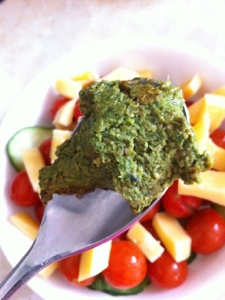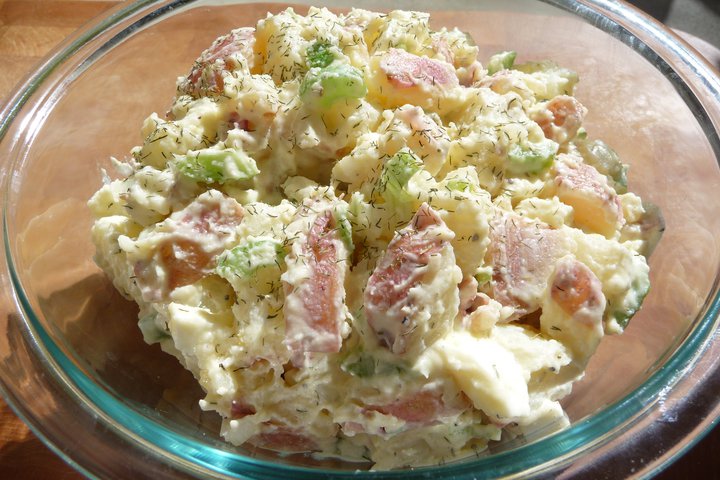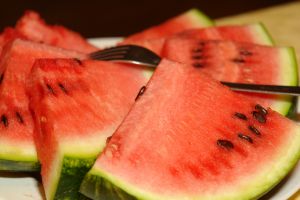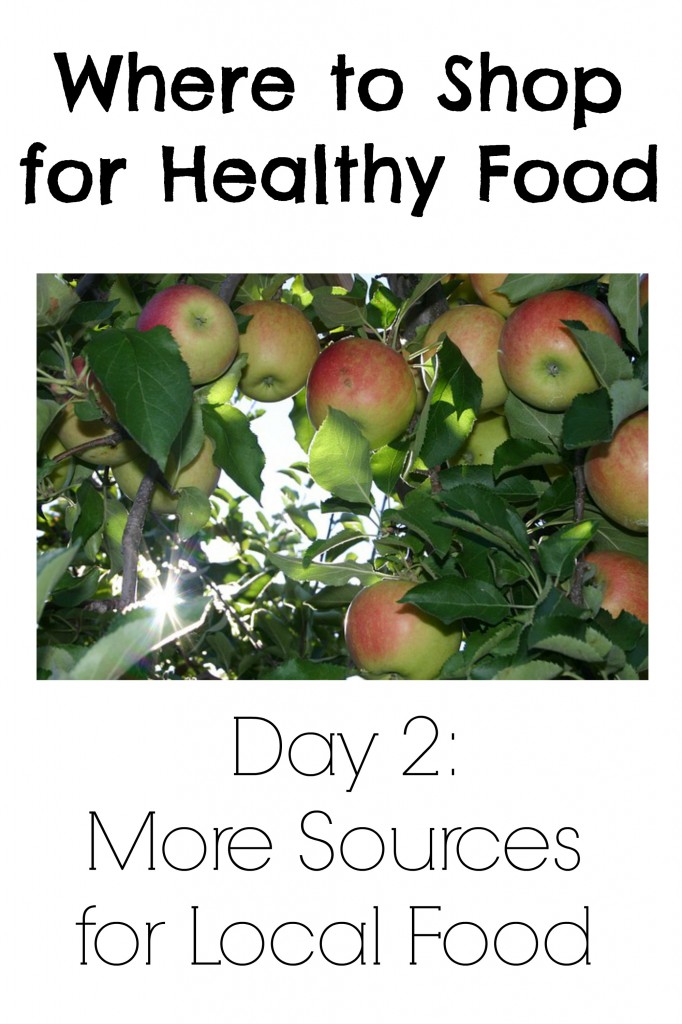For the Homemaker Who Never Has Enough Time

There are many things we could do in a given day, and all of them might be good things. But it's quite likely that we won't be able to fit every single one of them into our day. So what are we to do when there are more things on our list than there are hours in the day?
We seek God's wisdom in directing us to what he would have us to do today.
Each of us faces life circumstances – some with young children who seem to create endless housework, some with outside jobs taking up their time, some with chronic illnesses feeling like they've tackled the world when they fold a load of laundry. The situation is different for all of us.
But one fact is the same for everyone: trying to fit things into our lives that God didn't intend to be there only creates disorganization, frustration, and a lack of time to do the other things he wants us to be doing.
Many things we homemakers would like to do are good and noble things, but if there's not room for them, it's not going to make us happier to try to cram them into our lives.
A peaceful home requires a lot of maintenance — so much maintenance, in fact, that it may seem you're not really “doing anything” with your time beyond feeding hungry bellies and cleaning up messes. Those things might not seem glamorous, but that doesn't mean they're not necessary and incredibly important. Feeding your family and caring for your home are more than just mundane necessities of life; they're an active way to express love to your family.

But what about finding time for other pursuits? When can you do things you enjoy or minister to others outside of your home?
I've been using my Goal Setting Planner every day for the past several years to create my daily schedule, and it's been the best thing I've ever done. It helps me determine what my priorities should be and I can easily see what I need to be working on during each given day.
I divide my life up into multiple areas and pray over what goals I should reach for in each of those areas.
For instance, I have housekeeping goals, family goals, personal goals, etc.
I list the top three things I'd like to see happen for each and the steps that I'd need to take to get there. When I plan with intention like this, I've found that, while I can't do everything I'd like, I can do a whole lot more than I can if I just wing it.
When you plan your time with intention, you can purposely include things that refresh your soul and energize you rather than spending all day every day putting out fires.
Seasons of life come and go fairly often, and with each new season you'll need to take a fresh look at your priorities and create a new routine to reflect those priorities. Taking an hour or two to evaluate what's currently working and what's not will save you a great deal of time and frustration in the long run.
Time management requires intentional planning. When you try to wing it, no matter how diligently you work, you'll be less likely to manage your time efficiently and more likely to end every day frustrated with how little you got done.
So whether you use the Goal Setting Planner that I use, or whether you use a scrap of paper, or something in between, I encourage you to take a few minutes to both look at the big picture of where you're headed, then write down the smaller steps for how you plan to get there.
Finally, remember that sometimes in spite of our planning, our days don't always go as we planned. Learning to follow God's leading moment by moment will give us the freedom to be at peace when the plans change. Our relationship with him is foundational, and everything else builds upon that. Our productivity is not a measure of our worth. It doesn't make us any more or less loved by our Savior.
Intentional planning should be a tool to keep us from being enslaved to time – it shouldn't be a master that enslaves us to “the list.”

Healthy July 4th Menu
I love holidays! Getting together with extended family, eating, relaxing, eating some more. It's great fun!
What I don't love is figuring out what exactly we're going to eat.
For once in my life I thought ahead! July 4th is next week, and I thought it would be lovely to put together a menu that is healthy, easy, and most importantly, delicious!
Here's what I came up with for a healthy July 4th menu. Click on the photos to be taken to the recipes.
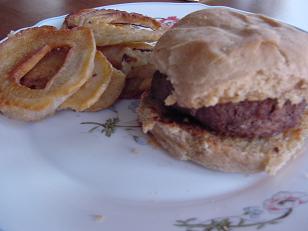
Hamburgers made with grass-fed beef on homemade whole wheat buns. If you have the delight of being gluten-free you can try this recipe for gluten-free hamburger buns.

Homemade ice cream! I love the recipes in the Just Making Ice Cream ebook.
What would you add? Do you have any special July 4th menu traditions?
Ladies! Get Free Clothes (Available Again!)
Ladies, I get excited for you every time I see this offer come around. Even though this offer is only for customers who have not yet placed an order there, I love Thredup, and I shop there frequently even though I can't use the coupon.
Thredup is like an online Goodwill, and all of their stuff is very, very nice and priced very reasonably.
Through midnight on Friday, you can use the coupon code JUNE15 to get $15 off. You should easily be able to get 3 or 4 pieces of clothing completely free!
Shipping is very reasonable too.
I actually received my most recent order just this morning, and I was impressed all over again with the quality of the clothes.
Also, if they get ready to ship your order and notice any flaw (no matter how minor), they will mark it on your invoice and refund you the price of that item (but they still send the item anyway!) I had a refund on the order I just received, but I can't even find the flaw on the item so I'll wear it anyway!
If you have kids, you can also find tons of kids clothes on there as well.
Seriously, there is no reason for you not to use this coupon. Who couldn't use free clothes?!
Let me give you one little tip, though. It's very easy to get overwhelmed on there because of the sheer volume of clothes available. You'll want to look through every single page (and there are hundreds!). Not a good idea. What ends up happening is that it takes too long, and you realize you don't have time, so you just end up closing it down without getting your free stuff.
What I've found works a whole lot better is just to pick the first thing(s) I find that I like, put it in my cart, and go right to checkout. Then I still get something, but I don't spend forever browsing only to end up with nothing. Also, if your order is a little less than $15, you don't have to have the full $15 in your cart to use the coupon. So if you have $12 worth of stuff in your cart, you can use the coupon to take off $12 instead of trying to search around for something to bring you up to $15.
What are you waiting for?! Go shopping!
And remember, this offer only lasts through midnight on Friday!
Organize Your Fridge and Reduce Food Waste
Did you know that it's possible to organize your fridge and keep it that way?
For the longest time, I tried to organize my fridge and keep it cleaned, but it seemed like things were always getting shoved to the back and would end up rotten by the time I found them.
I finally had one of those “duh” moments when I realized that organizing my fridge and minimizing food waste didn't have to be difficult at all.
All it took was a few labels.
Sure, I could have just designated certain shelves for certain foods, but whenever I tried that, I would always forget (or my family didn't know what went where) and things would end up in disarray again.
In less than 15 minutes time, I came up with the world's easiest system for organizing my fridge. Yours will probably end up looking different than mine due to the different setup of different refrigerators, but you'll get the idea of how you can create an easy-to-use system for keeping your refrigerator organized.
First, I took everything out and washed the shelves thoroughly. I also threw away anything that had gone bad or that I knew I wasn't going to use. Then I set it up like this:
Top Shelf:
Beverages. That's it. Since I often buy 8 gallons of raw milk at one time, I need that shelf completely dedicated to beverages.
Drawer:
Cheese and lunch meat. (Side note: lunch meat is not something I recommend consuming regularly. We have it when we're really feeling the need for something quick and easy, but we make sure to buy a kind that is nitrate/nitrite free.)
Middle Shelf:
On the left side I put ingredients such as cooked meat, broth, chopped onions, or anything else that is pre-prepared that will be a component of a meal. I labeled that side simply “Ingredients”. The right side is labeled “Leftovers”, so I'm sure you can figure out what goes there. I try to make sure to put the most recent leftovers in the back and move the older ones to the front. It's a lot easier to make sure we eat the older stuff before it goes bad when it's looking me right in the face when I open the fridge.
Bottom Shelf:
The left side is labeled “Snacks” and holds things like granola bars, applesauce, and anything else that is meant to be grab-n-go. Since snacks are such a frequented category of food in our household, having them all in one designated spot keeps people from digging through the fridge in search of something to eat, and eliminates the disorganization that follows. Since there will inevitably be something that doesn't fall into any category, the bottom right shelf is labeled “Miscellaneous”. That way I have a place to put everything even if I'm not sure where it should go.
Produce Drawers:
I have labeled the produce drawers with “Week 1” and “Week 2”. If not everything gets used up on the first week, it gets moved over to the “Week 2” drawer before I bring put any new groceries away. When I'm deciding what vegetables to have with dinner, I always check the “Week 2” drawer and use up whatever's in there first.
In the door I keep condiments, supplements that require refrigeration, butter, and anything else small. I try to group like items together and eliminate as many unnecessary items as possible. For example, instead of having 10 different kinds of salad dressing in there cluttering things up, I make our salad dressing from scratch. I usually only make enough for one meal so that I can make whichever kind we prefer and not end up with a bunch of things in there that end up going bad.
I've never considered myself an organized person, but ever since I labeled the shelves and started putting things in specific places, our food waste has been drastically reduced. It's also easier to decide what to have for dinner because I can easily see what needs to be cooked up first.
And the best part is that it only took a few minutes to organize, and it has stayed that way for a long time!
I hope my system will give you an idea of how to organize your own fridge and reduce food waste!
Rite Aid Tugaboos Diapers: My Experience
This is a sponsored post written by me on behalf of Rite Aid Tugaboos diapers. As always, all opinions are 100% my own.
I'm all about natural living here, but I don't do cloth diapers. If you enjoy it, kudos to you. I don't. Disposables for me all the way.
But as we all know, the cost for those babies (I'm talking about the diapers, not the actual babies) sure does add up!
I do a lot of shopping on Amazon for diapers, and I try to buy them in bulk so that I always have plenty on hand.
But there are those times when I just haven't paid close enough attention to how many were in the closet, and I find myself in panic mode. A last-minute run to the drugstore is not an option.
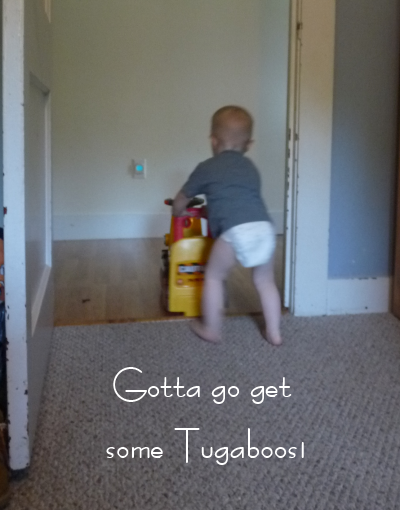
Of course I look for the cheapest diapers I can find, but there is a difference between money-cheap, and quality-cheap. I look for the money-cheap diapers, but I can't stand quality-cheap diapers. What is the point of even putting a diaper on a kid if it doesn't hold any of their messes inside of it?
If there are no diapers on sale, and I don't have any coupons, the store brand is usually the cheapest option. (Bonus if the store brand is the one on sale!)
I've used Rite Aid Tugaboos several times, and I'm happy to say that while they're often the cheapest option money-wise, they're not cheap quality-wise. They don't feel quite as thick as the name brands, but they hold the mess in, and have a nice comfortable fit. (At least, they look like they do. I haven't personally tried them on.)
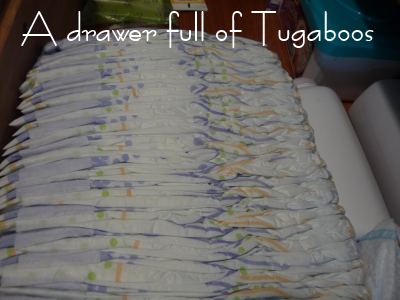
Rite Aid Tugaboos have also received some upgrades recently, including increased leakage protection, hypoallergenic inner liner with a cottony soft feel, and a stretchable waist (love that stretchable waist thing!) (Well, the leak protection is pretty important too.)
And if you care about looks (please tell me you're not the mom who takes her kid to Walmart with nothing but a diaper on!), the diapers feature a cute, gender-neutral design.
>
Next time you get into panic mode and have to take one of those last-minute drugstore runs for diapers, take my word that you can save a little cash buying Rite Aid Tugaboos and not have to worry that you will have wasted your money.
This is a sponsored post written by me on behalf of Rite Aid.
Where to Shop for Healthy Food: More Local Food Options
Welcome back to the “Where to Shop for Healthy Food” series!
As I mentioned yesterday, the best way to make sure that what you are eating is uncontaminated with pesticides, GMO's, artificial hormones, and the like, is to know the person who grew/raised your food and how they did so.
Farmer's Markets are an excellent way to procure local food, but there are several other sources you can tap into as well.
CSA
CSA stands for Community Supported Agriculture. Basically, you pay the farmer (or multiple farmers if they have organized a joint program among themselves) at the beginning of the season to grow your food for you, and you get a portion of the harvest.
Just like when you shop at the Farmer's Market, you need to ask questions of the farmers who will be growing your food such as what, if anything, do they use for pesticides and fertilizers, what they feed their animals, etc.
The CSA I am a member of supplies an entire gamut of food, including meat, eggs, fruits, vegetables, and herbs. Some CSA programs only provide produce. Each one will vary as to what foods it provides and the specifics of how it operates.
You can find a CSA program in your area by going to www.localharvest.org/csa/ and typing in your zipcode. You can also ask around to the farmers at the Farmer's Market because there may be something you're not aware of, or they may consider starting one if there's not one available and they see that there is interest.
Directly from the farmer
As you get to know your farmers via the Farmer's Market, you will (or at least you should!) start to develop personal relationships with them. When the Farmer's Market is closed for the winter, you will still have access to whatever food they may still have growing.
Grow a garden or raise your own animals
You can't get anymore local than your own backyard! If you're finding that your budget is too limited to afford all the healthy food you'd like to buy, consider growing it yourself! You'll have to consider how much work you'd have to put into it versus the amount of money you would save and determine what your family's priorities are.
If you can't garden due to time restraints (or lack of desire! that's me raising my hand!), think about people you know that enjoy gardening. If you're able to do so without being inappropriate, let them know that you're interested in any extra produce they may have. Many ambitious gardeners grow a few too many tomato and squash plants during the summer and more than happy to have someone take part of the harvest off their hands!
Foraging
Foraging is the art of looking for food that grows on its own. If you live in the country, you can enjoy some family outdoor time while you wander down back roads searching for wild asparagus or berry patches. Once you know where they are, it will be easy picking come the next year.
As you're out and about, keep your eyes peeled for anything edible, even if it's on someone else's property. If you see apples, pears, or pecans lying on the ground and rotting, the owners of the trees may not care to pick them. Dust off your pride and go ask if they pick the apples on their trees. If not, ask if they mind if you come pick them. There's a very good chance they'll say yes since rotten apples aren't a lot of fun to run over with the lawn mower.
There are a lot more foods you can forage than just the ones I've mentioned here. Don't expect to be an expert overnight. You have to learn what to look for (and I'm still not very good at it.) But with a little practice, you'll be bringing in some free food!
What did I forget? Share all your tips for procuring local food in the comments!





